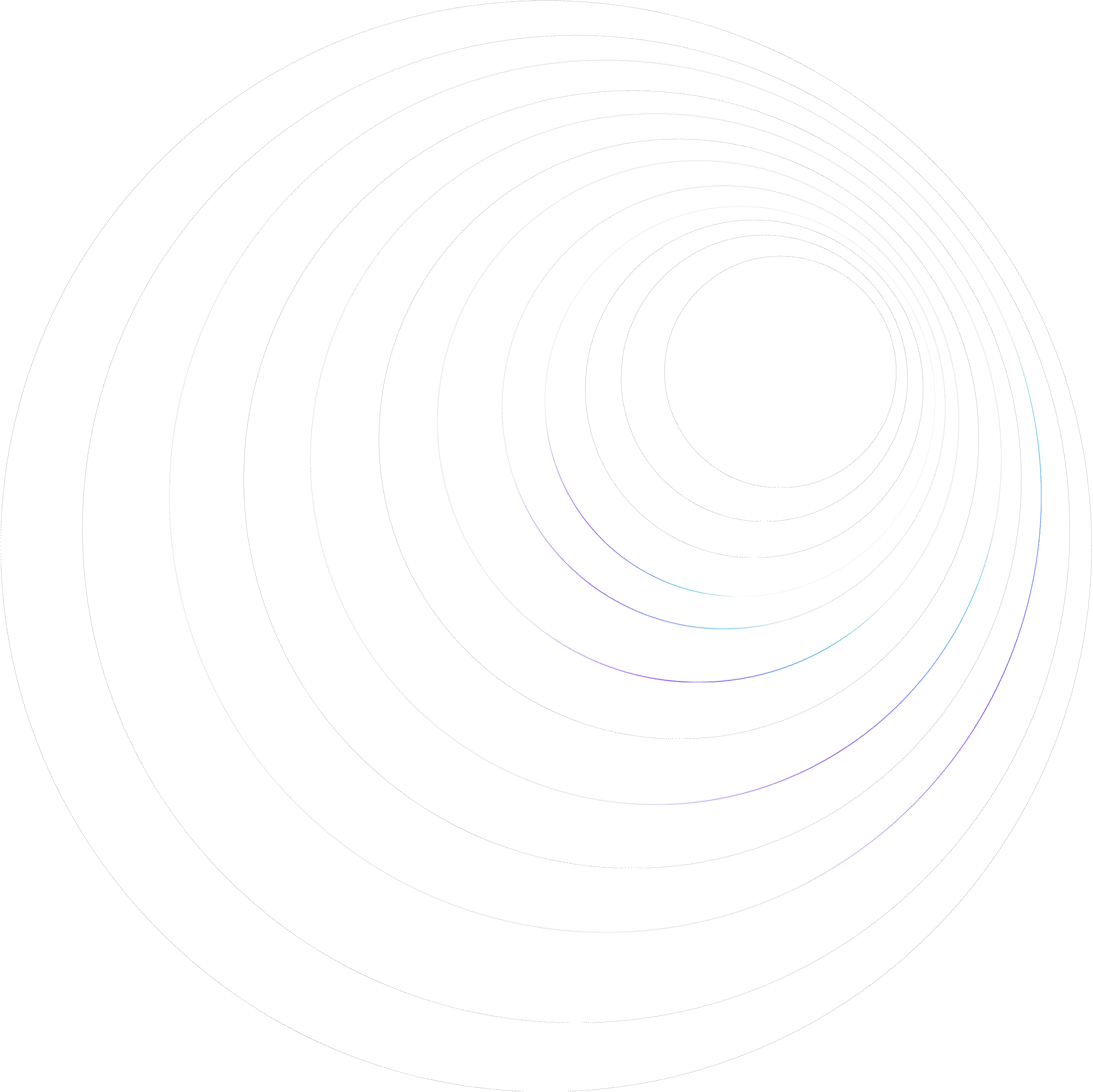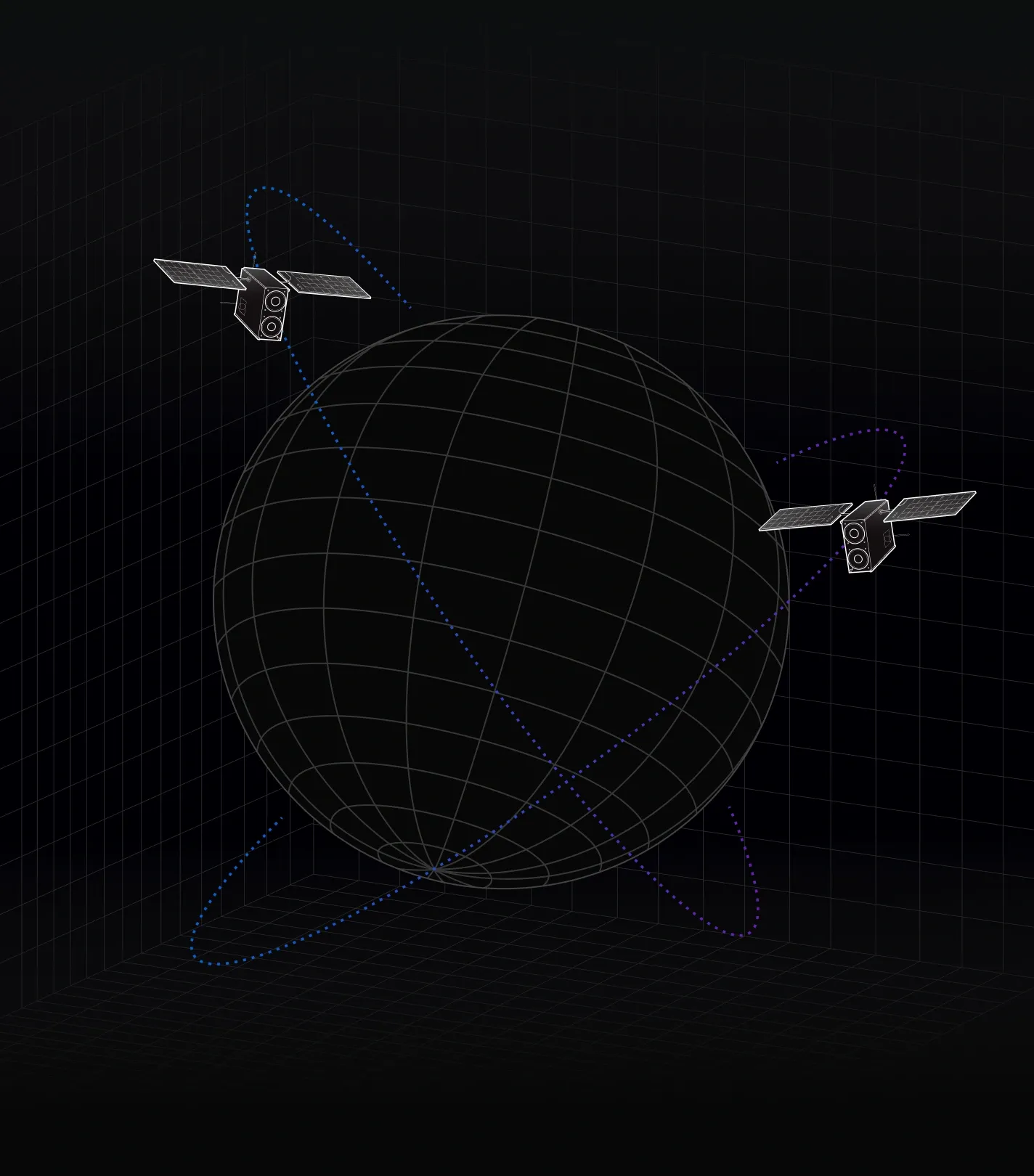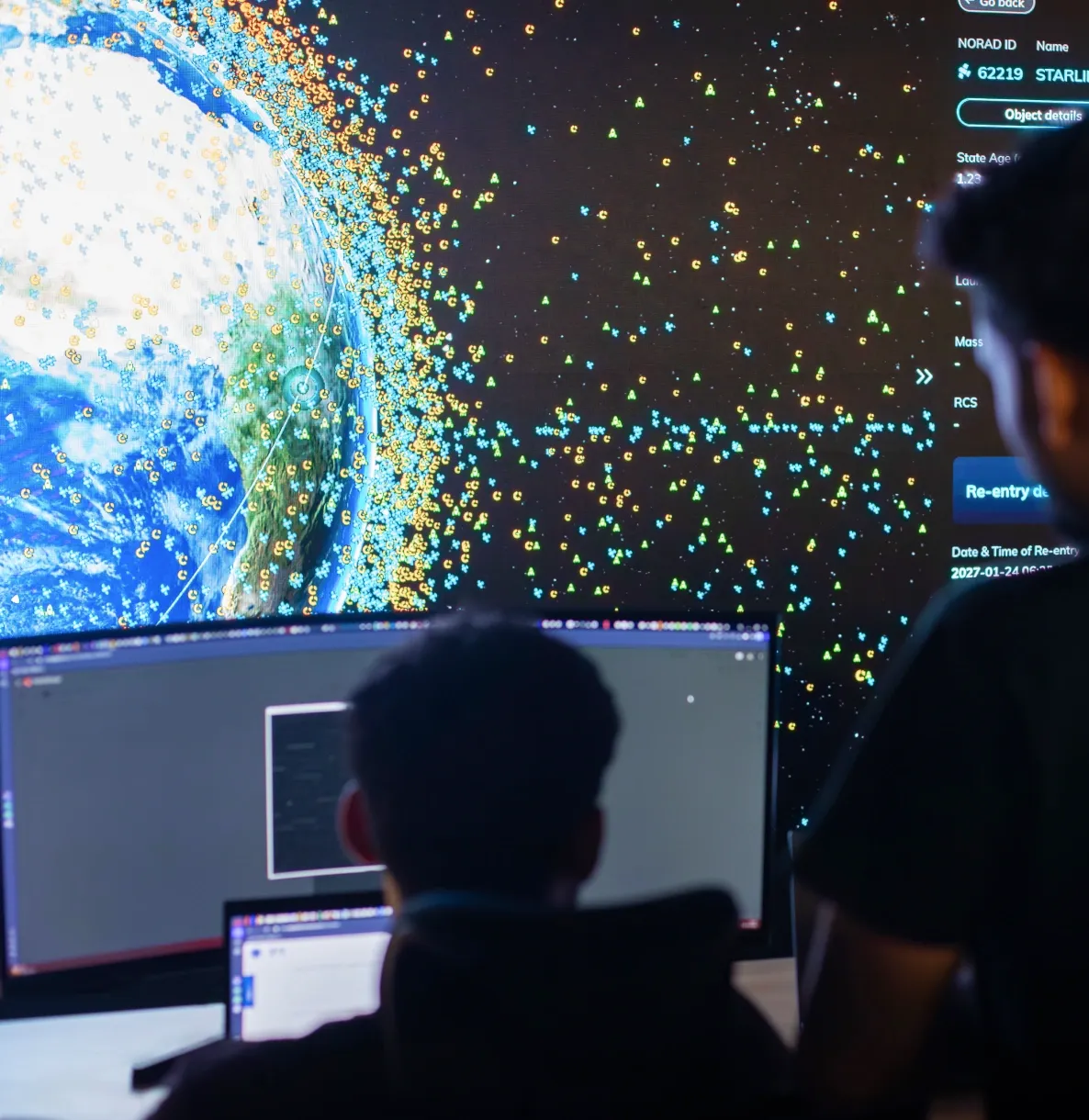Tailored Access
Data delivered as custom on-demand reports, through an API, or accessed via a dedicated interface.

STARS
Predictive analytics & modelling platform for space intelligence, surveillance, and reconnaissance.
Always a
step ahead
As a unified ISR and event-modelling platform, STARS enables decision-makers to act with clarity and confidence. It helps defence and mission operators persistently monitor orbital activity, rapidly detect threats, analyse adversarial behavior, and optimise their surveillance systems.



Tracking data delivered 4-5x faster than the industry's aerage for timely and critical decision-making.

ISR capabilities designed for uncompromising reliability in defence operations.

Fuse multi-modal data points from ground and space-based sensors for thorough reliability.

Detect objects as small as 3cm, tracking 20x more objects.

40% more accurate tracking predictions compared to traditional systems.

Supports mission automation, anomaly response, and predictive guidance for complex tasks.

Data delivered as custom on-demand reports, through an API, or accessed via a dedicated interface.
Seamlessly integrates into your Common Operating Picture (COP), mission planning platforms, or any custom data dashboards.
Air-gapped on-prem deployment ensuring complete protection in high-security settings.

The Pattern of Life (PoL) characterization of a satellite in Low Earth Orbit (LEO) is an intricate process demanding high fidelity data and robust data processing techniques. The solution to this complicated problem demands a methodology based on multiple perspectives and the ability to process, synthesize and correlate data from multiple sources of varying fidelity. Towards this objective, the current research proposes a dynamic and robust methodology to precisely characterize and synthesize PoL of satellites based on a multi-perspective multi-modal analysis, involving many aspects of a Space Domain Awareness (SDA) technological chain.
The design of collision avoidance maneuvers in real case scenarios involves intricate decision-making processes, demanding varying fidelity of data and processes at different stages. Mission constraints, propellant constraints, reliability of collision risk estimation, nature of secondary objects and even operator’s schedules contribute to the process of decision making. Therefore, it is imperative to adopt a multi-perspective approach to the problem formulation involving many (if not all) of the above-mentioned aspects. In this context, the maneuver design for collision avoidance is formulated as a heuristic multi-objective multi-perspective optimization problem in this research and the solution is obtained using Differential Evolution (DE), an evolutionary optimization technique. The objective functions to minimize in the problem formulation are a) mass of fuel used b) the collision probability after maneuver(s) c) the deviation of the maneuvered trajectory from the non-maneuvered nominal trajectory and d) disruption time of routine payload operations (defined as the time span for which the spacecraft deviates from its nominal orbit).
This white paper elucidates Digantara’s capability to mitigate risks to human life and property posed by the resident space objects (RSOs). Digantara’s re-entry assessment module provides a comprehensive understanding of the re-entry trajectories of these RSOs right from identification to tracking and prediction of these objects to minimize potential impacts to human lives.